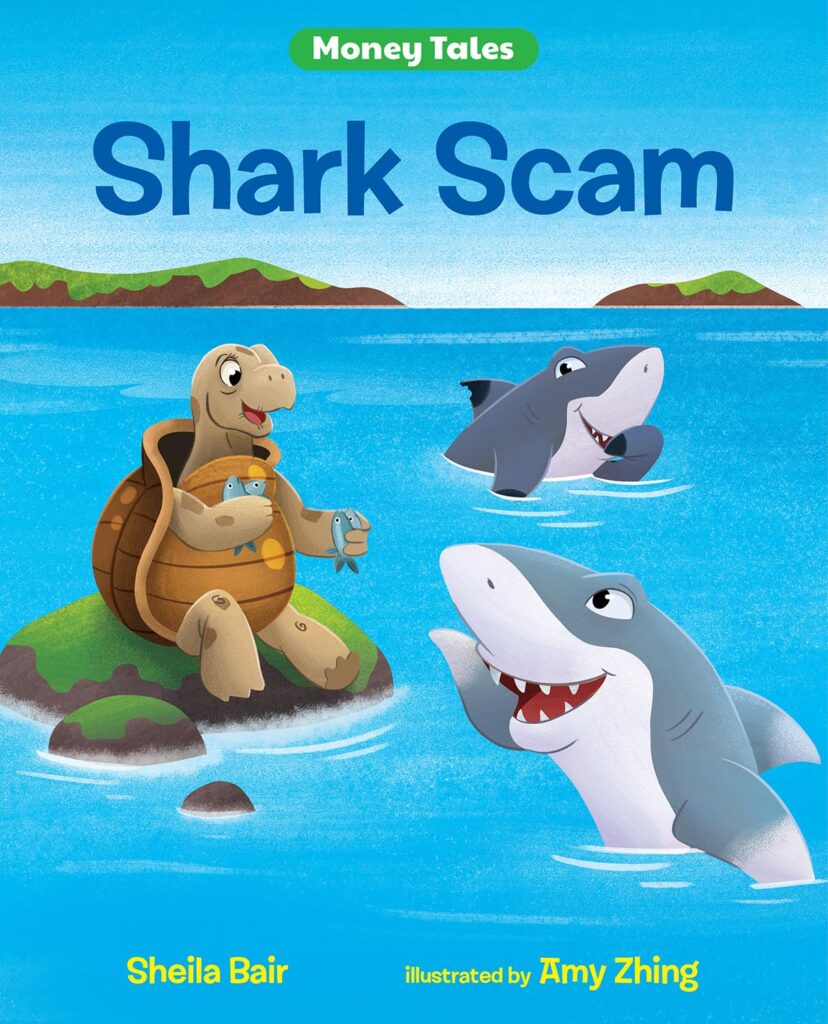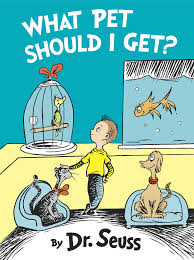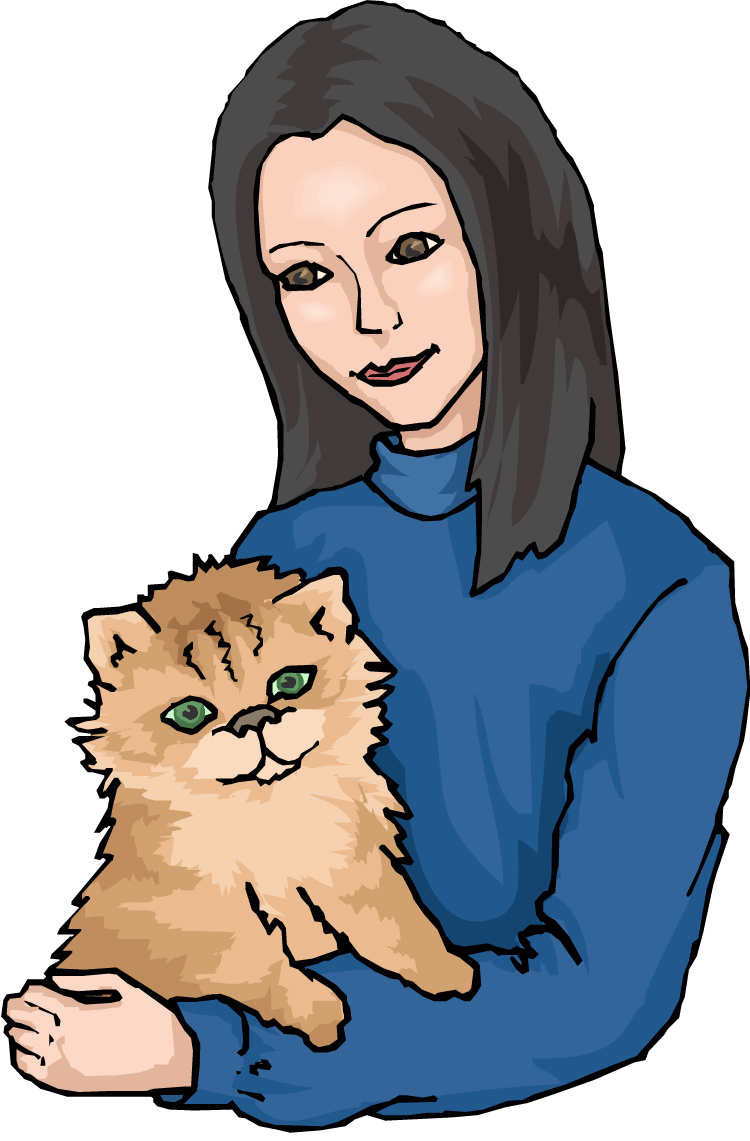
Content Partner
Grades 3-5

Don't have an account yet? Sign up for free
Don't have an account yet? Sign up for free


Recently published, but likely written between 1958 and 1962, What Pet Should I Get? is the delightful tale of a definitive childhood event: selecting a family pet. The activities in this lesson focus on the decision-making process. The text, told in the classic Seuss cadence and rhyme scheme, does an excellent job a describing the many choices the siblings encounter while trying to pick the perfect pet in a limited amount of time. With the repeating line “MAKE UP YOUR MIND” this picture book is a great tool for teaching choices and decision-making.
Kay and her brother have a difficult decision to make. Their father has given them permission to select one pet from the pet store, and they must do so before noon. Students will likely recognize the characters in Dr. Seuss’s new book as the siblings from “One Fish Two Fish Red Fish Blue Fish” and sympathize with their dilemma.
Once students hear the story they will have the information they need to help the brother and sister make an informed decision. It is to be noted that Dr. Seuss, with his usual wit and whimsy, does not identify the pet selected by the children. On the last page of the book Kay and her brother can be seen leaving the pet store carrying a basket with two eyes peering over the rim.
In an extension activity, students will learn about some goods and services that are necessary to keep the new family member healthy and happy.

Note to Teachers: This lesson is designed for primary students, grades K-2 and is basically teacher directed. However, the lesson can be easily modified for upper elementary students, using the visuals as activity sheets. The book’s extensive notes from the publisher would be of interest to middle school students who may be curious about the manuscript’s discovery and the process of getting it ready for publication.
 their new pet. They live in a small house so it would be best if the pet did not require much space. They go to school, so they don’t have too much time to spend taking care of a pet. They do not want to spend too much money on food, grooming, and health care. And they would really like a pet that would be fun and love them.
their new pet. They live in a small house so it would be best if the pet did not require much space. They go to school, so they don’t have too much time to spend taking care of a pet. They do not want to spend too much money on food, grooming, and health care. And they would really like a pet that would be fun and love them.Explain to the students that the construction of this grid helps with rational decision making. (But sometimes you make a choice with your emotions. You pick the puppy because it is really cute and jumps into your arms).10. Fill in the grid with help from the students. Note that there is no right or wrong response. If a student can articulate a reason for valuing the listed criteria as either negative or positive, allow the student to make that choice. An example of a typical filled in grid can be found here: “What Pet Should They Get?”
This lesson uses the content in a picture book to teach young students about choices and gives them a tool to use in decision making. The lesson can be extended to include an activity featuring goods and services.
Students may be interested to learn that Dr. Seuss was an animal lover. Many of his books featured animals, either real or imaginary, as main characters. The information in the back of the book explains that if this story was written today, and not many years ago, Dr. Seuss may have made another choice. He may have sent Kay and her brother to an animal shelter or rescue organization to look for a new pet. If Dr. Seuss had selected an animal shelter, then the pet store may have been the opportunity cost.
Introduction: Once Kay and her brother bring their new pet home they are going to need to make sure it stays happy and healthy. In order to do this they will need to provide goods and services for their pet.
1. Introduce the activity by showing the students the illustrations on pages 4 and 5. (The pages are unnumbered. This illustration shows the siblings introducing themselves to the dog and cat.)
2. Ask the students to look at the illustration and point out the items used by the pets so that they will be safe, happy, and healthy. Students will notice the beds, food dish, water bowl, lease, and collar. Explain that these are goods, physical items that can be touched. State that if the boy had offered to take the dog for a walk he would be providing a service, an action, for the pet store owner.
3. Distribute the “What Pet Should I Get – Goods and Services” activity sheet and writing tools. Review the directions with the students.
4. Students may work in pairs or small groups.
5. Check for understanding: 1. Good, 2. Service, 3. Good, 4. Good, 5. Good, 6. Service, 7. Good, 8. Good, 9. Service, 10. Good, 11. Good, 12. Service.
6. Have students complete this interactive The Perfect Pet In this economics interactive, students will learn about decision making while shopping for a fish.
Check for understanding using the activity sheet, “A Trip to the Pet Store.”
Answers: 1.$5.00, 2. 3, 3. A bag of treats, 4. A blue bowl, 5. Opportunity Cost, 6. Save.
This assessment may be done as a teacher directed read-aloud for younger students.

Content Partner
Grades 3-5

Grades K-2, 3-5

Grades K-2

Grades 9-12
